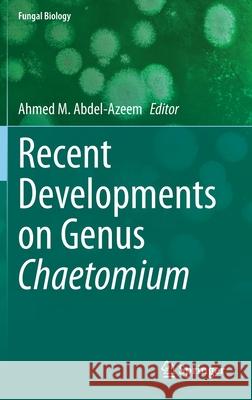Recent Developments on Genus Chaetomium » książka
topmenu
Recent Developments on Genus Chaetomium
ISBN-13: 9783030316112 / Angielski / Twarda / 2019 / 452 str.
Recent Developments on Genus Chaetomium
ISBN-13: 9783030316112 / Angielski / Twarda / 2019 / 452 str.
cena 605,23
(netto: 576,41 VAT: 5%)
Najniższa cena z 30 dni: 578,30
(netto: 576,41 VAT: 5%)
Najniższa cena z 30 dni: 578,30
Termin realizacji zamówienia:
ok. 22 dni roboczych
Dostawa w 2026 r.
ok. 22 dni roboczych
Dostawa w 2026 r.
Darmowa dostawa!
Kategorie:
Kategorie BISAC:
Wydawca:
Springer
Seria wydawnicza:
Język:
Angielski
ISBN-13:
9783030316112
Rok wydania:
2019
Wydanie:
2020
Numer serii:
000454853
Ilość stron:
452
Waga:
0.82 kg
Wymiary:
23.39 x 15.6 x 2.54
Oprawa:
Twarda
Wolumenów:
01
Dodatkowe informacje:
Wydanie ilustrowane











